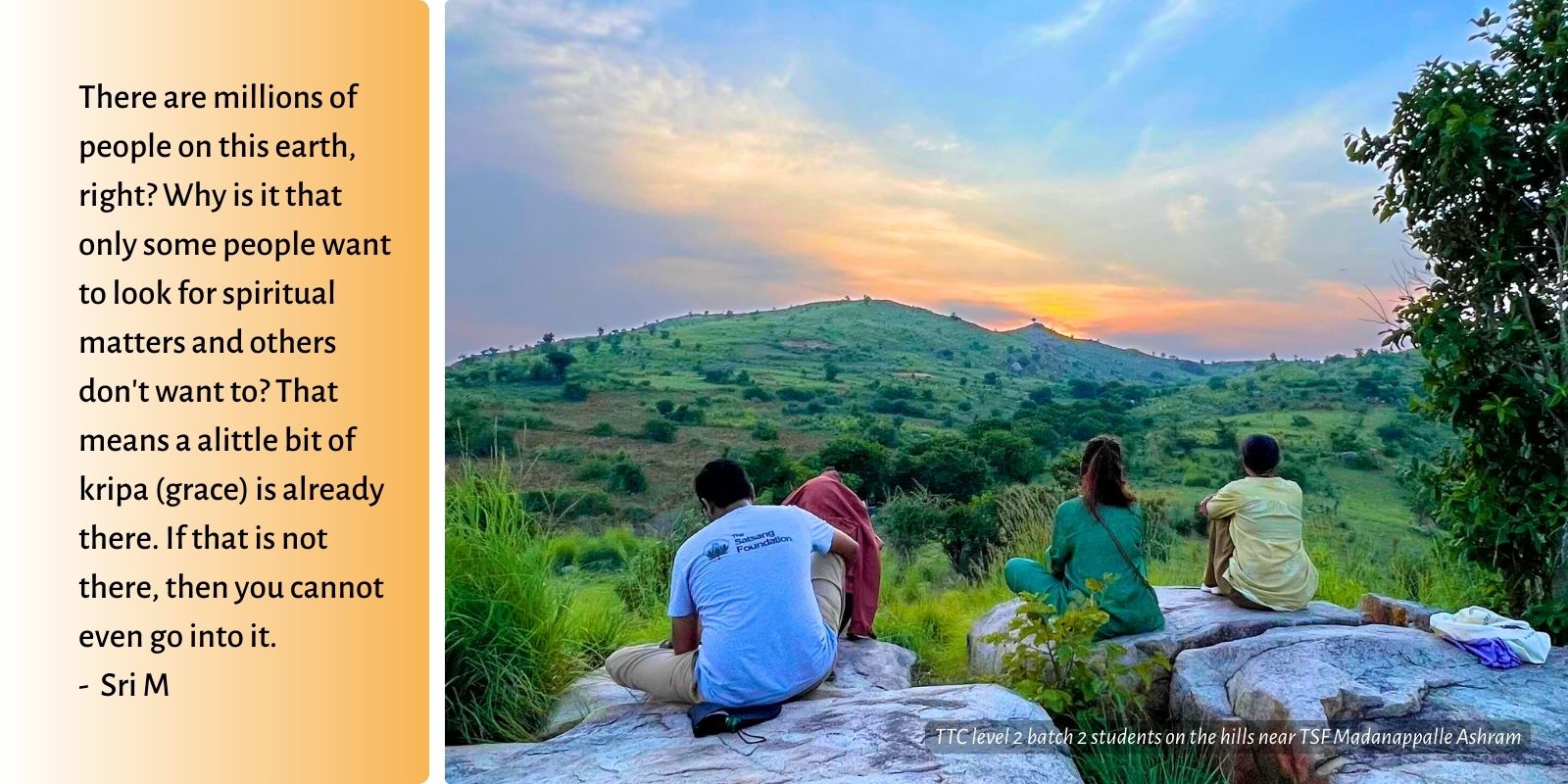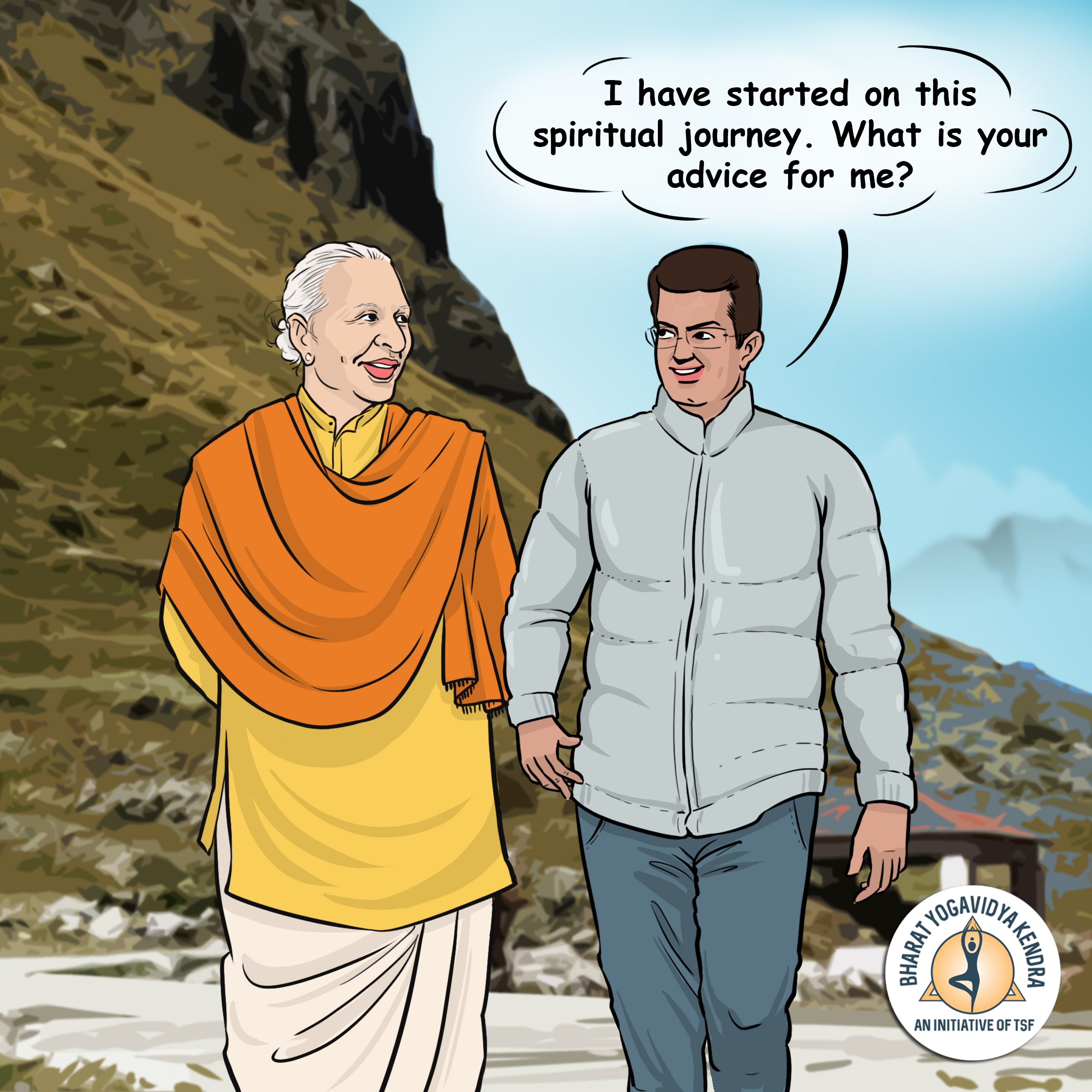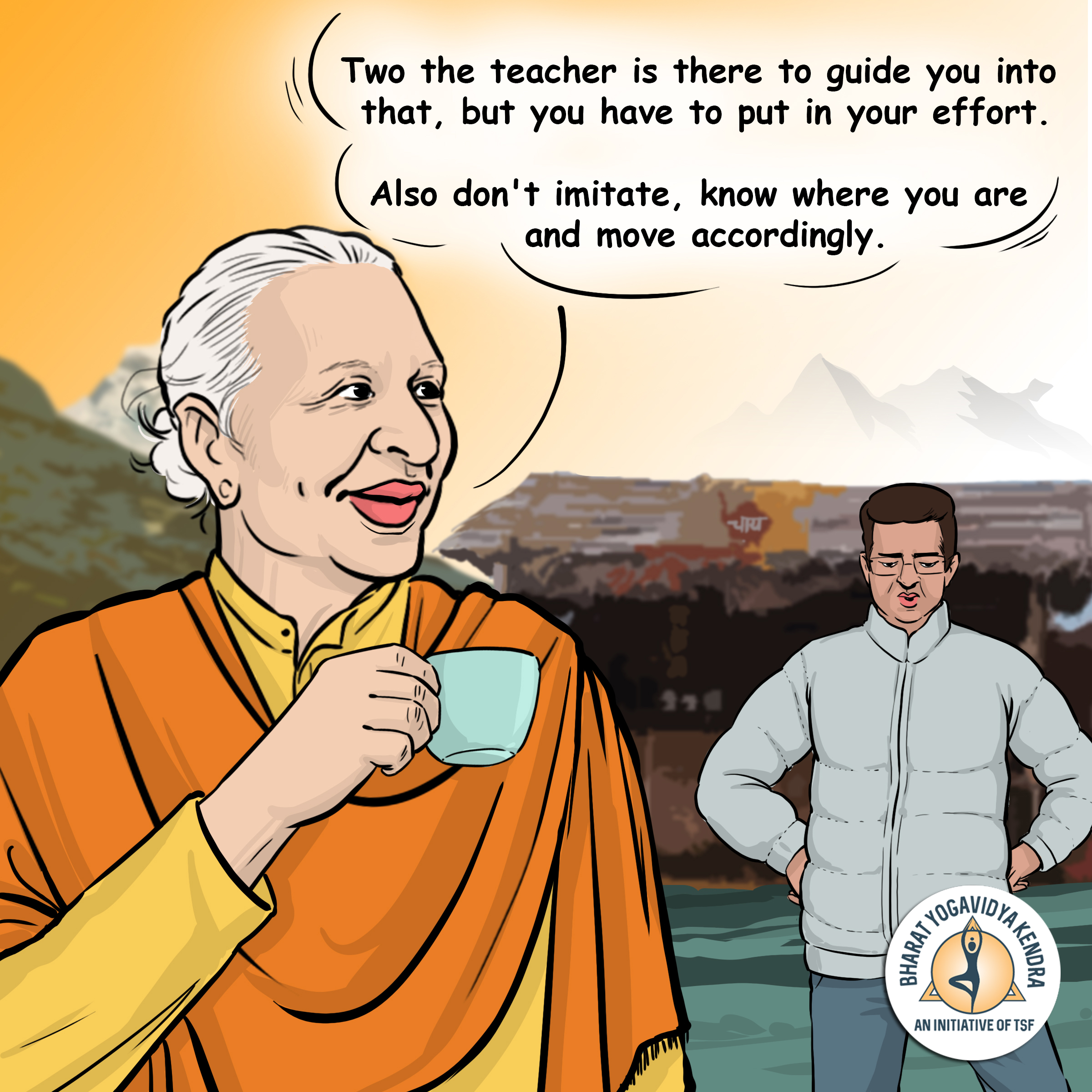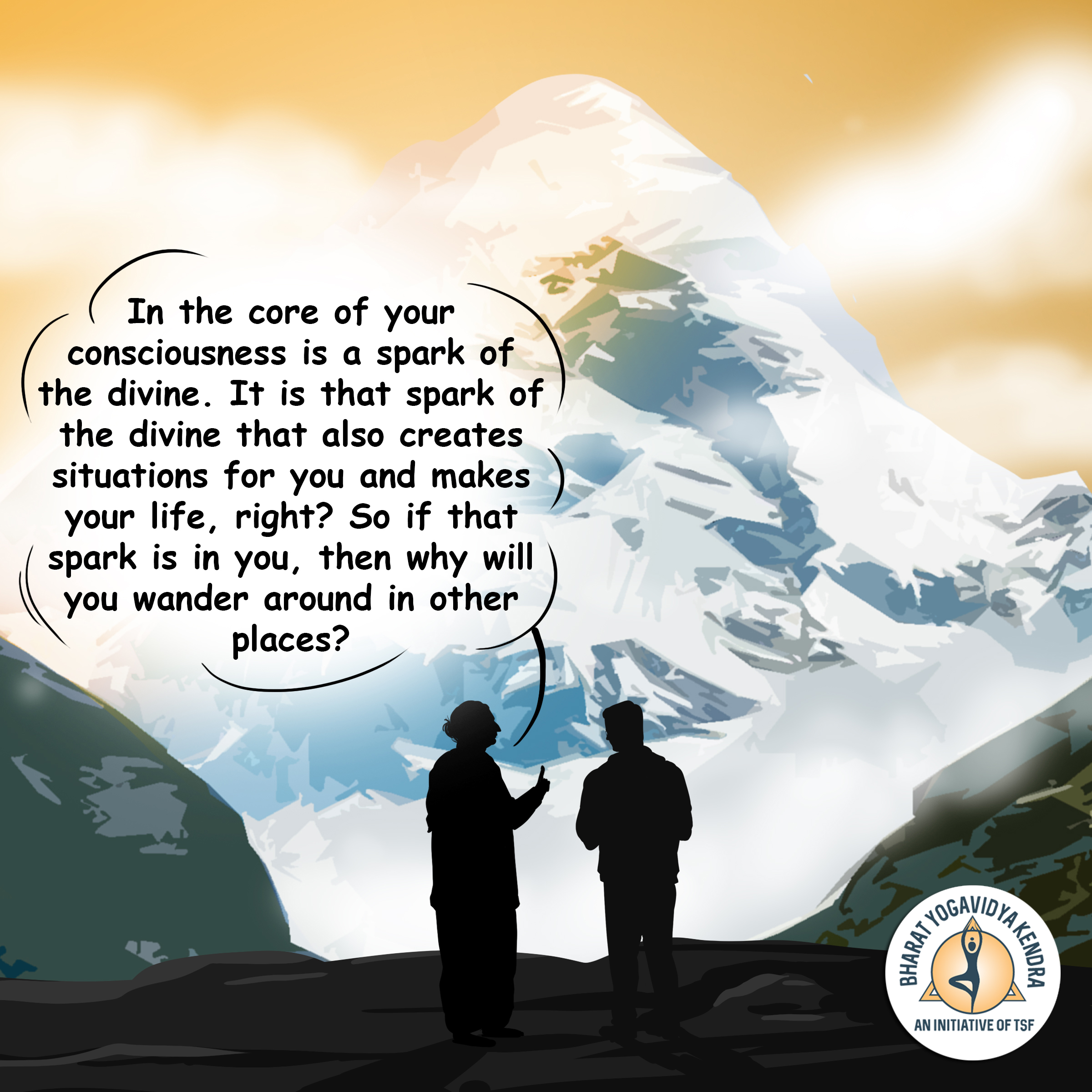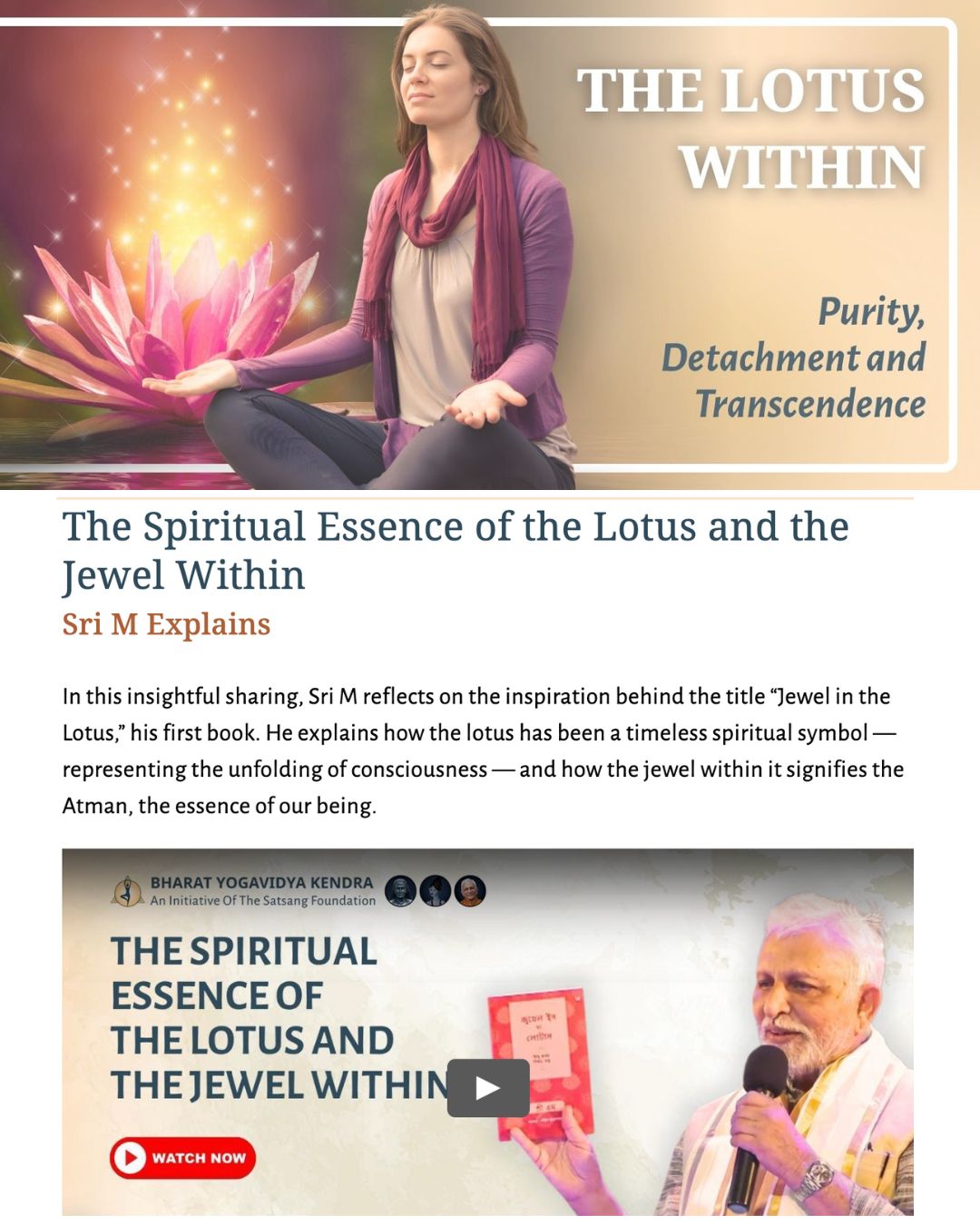The Yoga of Gratitude:
Align the heart and mind with the frequency of appreciation
Dear Readers,
Let’s start with the basics: thank you. Thank you for yoga, this newsletter, the team behind it, and you—our readers and contributors. Without you, this wouldn’t be a community, it’d just be a lonely monologue. So, gratitude, pure and simple, is where we begin.
Now, here’s the thing about gratitude—the easier it gets. Science even agrees. Studies show that practicing gratitude regularly lights up the brain like Diwali—activating the areas responsible for happiness, contentment, and even better sleep. Think of gratitude as the savasana for your nervous system, calming it down, unwinding all those tight knots of stress, and reminding your brain to smile a little more.
Patanjali, in his Yoga Sutras, talks about Santosha, or contentment. It’s about being okay with what is, about sitting in the moment and saying, “This is enough. I am enough.” It’s like a deep breath of relief—a mental exhale that tells you everything is just as it should be. When you stop in the middle of your day and say, “Thank you body for getting me through today,” you’re practicing Santosha.
Best part? gratitude doesn’t demand grand gestures. It’s the small pauses that matter: the smile from a stranger, the sound of rain, the space between breaths…
So, here’s your call to action, yogis – practice gratitude like you practice your asanas: daily, imperfectly, but with heart. It’s the gentle reminder that, even when life feels too much, there’s always something to be thankful for.
With gratitude,
BYK Team
On Contentment
Sri M Explains
Contentment comes when one understands that peace and happiness is a state of mind” listen to Sri M expounds contentment in this short video.
Talk with M
BLOG POST
Cultivating Gratitude Through Yoga
The sanskrit word for gratitude is Kritajna (कृतज्ञा). It’s a beautiful word formed from krita (कृत) meaning “cultivated,” and the root jna (ज्ञा) referring to a state of consciousness. Kritajna therefore means a state which is consciously created or chosen. It is the result of being fully present, the realization and acknowledgment of a particular moment in time. This is what brings the sincerity and depth in the emotion.
Expressing gratitude is a simple way to encourage positivity. The science of TA (Transaction Analysis) talks of the power of Positive Strokes – Gratitude is a step in that direction.
Gratitude is the ability to see value in others. When we receive gratitude from someone, we feel seen, valued, and appreciated. It brings us joy and connection. We all seek gratitude and appreciate the feeling it inspires, but often we fail to express it.
So what holds us back from expressing our gratitude ?
BOOK REVIEW
Light on the Guru and Disciple Relationship

Many argue that a guru is unnecessary since the true guru resides within us. However, few can confidently hear, understand, or follow this inner guidance. Many struggle with self-doubt and find it challenging to differentiate between the authentic inner guru and the distractions of the ego-driven mind
Here comes the text – Light On The Guru and Disciple Relationship where Swami
Satyasangananda masterfully explores the profound connection between teacher and student, intertwining the themes of yoga and gratitude.
The first part delves into recognizing the guru, understanding different types of mentors and disciples, and addressing common doubts about the guru’s role in our lives. Satyasangananda draws on her experiences with Sri Swami Satyananda Saraswati, offering rich anecdotes that illustrate the transformative power of surrender and trust. The second section features inspiring satsangs that emphasise the importance of linking with the spirit of the guru and the art of surrendering the ego. Here, the author reassures us that the guru is not a strict authority but a guiding light on our path.
This book serves as a gentle reminder of the sacredness of the guru-disciple relationship, urging us to embrace gratitude as a transformative practice. Whether you’re a seasoned yogi or a curious seeker, this beautifully written work invites deep reflection and appreciation of the spiritual journey.
A truly enlightening read!
YOGA GUIDE
Yoga Nidra Practice to Cultivate Gratitude
Yoga Nidra, often called “yogic sleep,” is a deeply restorative practice that guides you into a state of conscious relaxation. Unlike typical sleep, Yoga Nidra is a guided meditation where your body is completely at rest while your mind remains alert. It taps into the space between wakefulness and sleep, allowing for profound healing and transformation.
Science has begun to catch up with what yogis have known for centuries—this practice has immense benefits. Research shows that Yoga Nidra reduces stress, improves sleep quality, and increases overall well-being. The practice activates the parasympathetic nervous system, known for its “rest and digest” functions, while quieting the sympathetic nervous system, responsible for the “fight or flight” response. This shift brings about a deep sense of peace and can even help in reducing anxiety, depression, and trauma.
In this specific practice, we will combine the calming effects of Yoga Nidra with the heart-opening practice of gratitude creates a potent tool for personal growth and healing.
Did You Know?
Patanjali in Yoga Sutras states: “संतोषादनुत्तमः सुखलाभः”
(Santoshad anuttamah sukhalabhah)
This translates to: “Through contentment, the highest form of happiness is attained”.
According to the Yoga Vasistha, contentment is one of the four key virtues needed to attain Moksha (liberation), alongside patience, self-inquiry, and association with the wise. Practicing Santosha helps us step away from the endless cycle of desire and dissatisfaction, leading to a stable, lasting form of happiness, described in Sutra 2.42 as anuttamah sukha—the highest, unparalleled joy. It personifies Santosha as the son of Dharma(righteousness) and Tushti (satisfaction).
Gratitude naturally flows from this state of mind, helping us break free from endless cycles of desires & find true happiness.
YOGA RESOURCE
Nadi Shodhana Pranayama
Nadi Shodhana (alternate nostril breathing) is a powerful yogic technique that balances the nervous system. Studies have shown that this practice increases oxygen levels in the brain, enhances parasympathetic activity, and decreases sympathetic responses. Research has also demonstrated that Nadi Shodhana lowers blood pressure, improves heart rate variability, and reduces cortisol levels, which are all linked to reduced anxiety and better emotional regulation. This simple practice support mental health and foster emotional resilience.
AYURVEDA WISDOM
Sharada Ritu
As the vibrant hues of autumn set in, we transition into Sharad Ritu, a season celebrated in India for its mild climate and stunning beauty. In Ayurveda, this time of year is crucial for balancing our doshas and preparing our bodies for the colder months ahead. This season marks the end of the monsoon, when nature begins to dry up, and the earth’s energies shift.
Ayurveda teaches us that this change can affect our body and mind, often increasing Pitta Dosha due to the lingering heat and humidity. This is the perfect time to adjust your diet to pacify Pitta and balance Vata.
Nourishing foods having sweet, sour and salty flavours like pomegranates, apples, sweet potatoes, pumpkins etc, opting for warm, cooked meals such as lentil soup, ginger and chamomile tea and healthy fats like ghee, nuts and seeds can be soothing and help settle any digestive unrest. As the days grow shorter,
it’s essential to nurture your mind and spirit including oil massages enhancing relaxation and skin health and engaging in breathwork and pranayama helping to balance energies.
Consider a gentle detox cleansing your bodies consuming khichdi and triphala herbal tea, take leisurely walks, practice gratitude for the changing leaves, and breathe in the crisp air.
SPOTLIGHT OF THE MONTH
Sri M and Yoga at MAHAKUMBH 2025

Upcoming Courses & Retreats
YOGA SANGHA reading The Friend
Dates: 5th – 28th Nov
Days: Every Tue & Thurs
Total: 8 session
Time: 7:00 – 8:00 PM IST
Fee: INR 1,750 | US$ 42
Mode: Online Via Zoom
Join us on a journey of mind, body, and soul as we read together “The Friend, by Sri M and Mohini Kent”. This book offers a deep spiritual insights with practical reflections on well-being, drawing from Sri M’s own extraordinary life. He gently reminds us of the timeless truth: that the friend we seek is not external but already within us.
LEARN TO CHANT Nama Ramayanam
Dates: 3 Nov- 29 Dec
Days: Every Sundays
Total: 8 sessions
Time: 6:30 – 7:30 PM IST
Fee: INR 2,950 | US$ 60
Mode: Online Via Zoom
Nama Ramayana offers a condensed version of the Ramayana, recounting key events from Lord Rama’s life. Divided into seven sections, each representing a significant phase of the Ramayana. Nama Ramayana is simple and easy-to-recite text. Chanting the Nama Ramayana is believed to offer spiritual benefits.
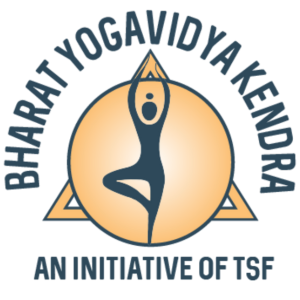
Thank you for reading
In this issue of Yogavidya, we have:
- The Yoga of Gratitude:
Align the heart and mind with the frequency of appreciation - On Contentment
- Talk with M
- Cultivating Gratitude Through Yoga
- Light on the Guru and Disciple Relationship
- Yoga Nidra Practice to Cultivate Gratitude
- Did You Know?
- Nadi Shodhana Pranayama
- Sharada Ritu
- Yogavidya | BYK Monthly Newsletter

